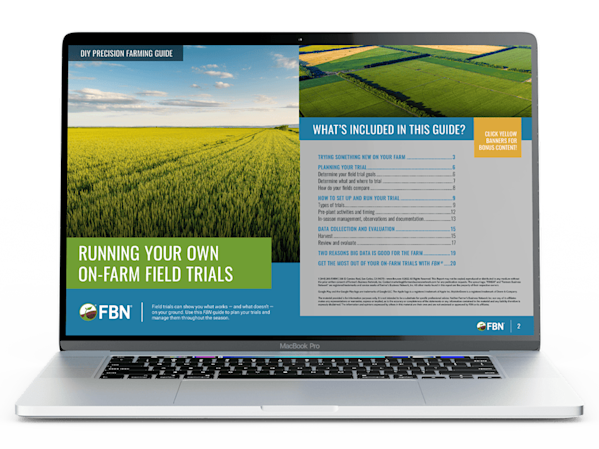* ALWAYS READ AND FOLLOW LABEL DIRECTIONS. It is a violation of federal and state law to use any pesticide product other than in accordance with its label. The distribution, sale and use of an unregistered pesticide is a violation of federal and/or state law and is strictly prohibited. We do not guarantee the accuracy of any information provided on this page or which is provided by us in any form. It is your responsibility to confirm prior to purchase and use that a product is labeled for your specific purposes, including, but not limited to, your target crop or pest and its compatibility with other products in a tank mix and that the usage of a product is otherwise consistent with federal, state and local laws. We reserve the right to restrict sales on a geographic basis in our sole discretion. You must have a valid applicator license to use restricted use pesticides. Please consult your provincial department of agriculture for complete rules and regulations on the use of restricted use pesticides, as some products require specific record-keeping requirements. Any product recommendations or preselected bundles are for informational purposes only and should not be used as a replacement for consulting the applicable product label or independently determining the appropriate product offerings and quantities for your operation.
Copyright © 2014 - 2026 Farmer's Business Network, Inc. All rights reserved. The sprout logo, “Farmers Business Network”, “FBN”, "Farmers First", “FBN Direct” , "F2F", and "F2F Genetics Network" are trademarks or registered trademarks of Farmer's Business Network, Inc. or its affiliates. All other trademarks are the property of their respective owners.
FBN Direct products and services and other products distributed by FBN Direct are offered by FBN Inputs, LLC and are available only in states where FBN Inputs, LCC is licensed and where those products are registered for sale or use, if applicable. If applicable, please check with your local extension service to ensure registration status. Nothing contained on this page, including the prices listed should be construed as an offer for sale, or a sale of products. All products and prices are subject to change at any time and without notice. Terms and conditions apply.
** Input financing is offered by FBN Finance, LLC and is available only where FBN Finance, LLC is licensed. Terms and conditions apply. To qualify, a borrower must be a member of Farmer’s Business Network, Inc. and meet certain underwriting requirements. Interest rates and fees will vary depending on your individual situation. Not all applicants will qualify.
Product image(s) shown for illustrative purposes only.
